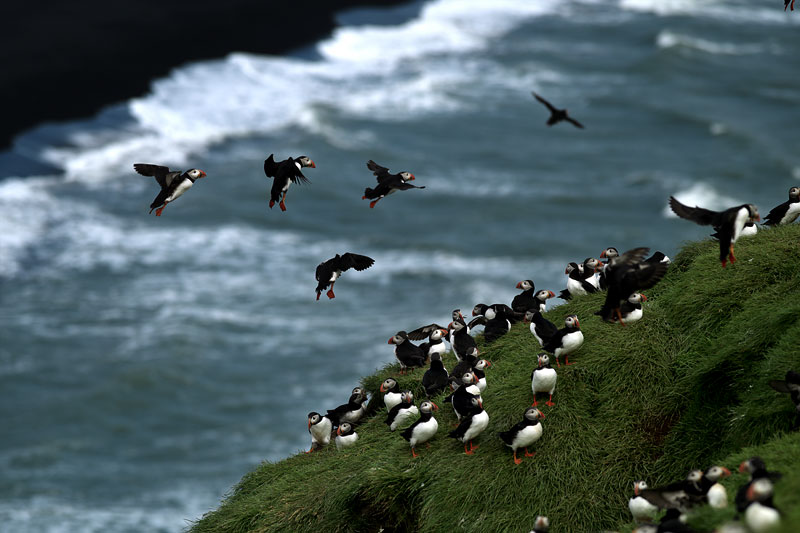I've never had an autofocus weather resistant SLR, and I think it's about time. My main reason for getting one would be birds and wildlife.
In the D300's favor is longer reach with the same lens, i.e., a 300 mm acts like a 400 mm giving a cheaper lighter kit.
In the D700's favor is better higher ISO giving faster shutter speeds (I like to shoot flying birds) and greater dof. Will the bigger dof result in more in focus shots with autofocus? (Also it'd be nice to have a good high ISO camera in general.)
What do bird and wildlife shooters think of these trade offs? Price plays a part but is not my primary consideration.
What lenses would you recommend? I lean towards primes for less weight and faster speed. How long does one really need? Are 500 and 600mm much more difficult to use because of shake and small dof?
If you can shoot at 1/500 or higher is vibration reduction superfluous?
Would a 300 f4 with a 1.4 converter be adequate for a D700?
Thanks for any help,
Best,
Mitchell
In the D300's favor is longer reach with the same lens, i.e., a 300 mm acts like a 400 mm giving a cheaper lighter kit.
In the D700's favor is better higher ISO giving faster shutter speeds (I like to shoot flying birds) and greater dof. Will the bigger dof result in more in focus shots with autofocus? (Also it'd be nice to have a good high ISO camera in general.)
What do bird and wildlife shooters think of these trade offs? Price plays a part but is not my primary consideration.
What lenses would you recommend? I lean towards primes for less weight and faster speed. How long does one really need? Are 500 and 600mm much more difficult to use because of shake and small dof?
If you can shoot at 1/500 or higher is vibration reduction superfluous?
Would a 300 f4 with a 1.4 converter be adequate for a D700?
Thanks for any help,
Best,
Mitchell

